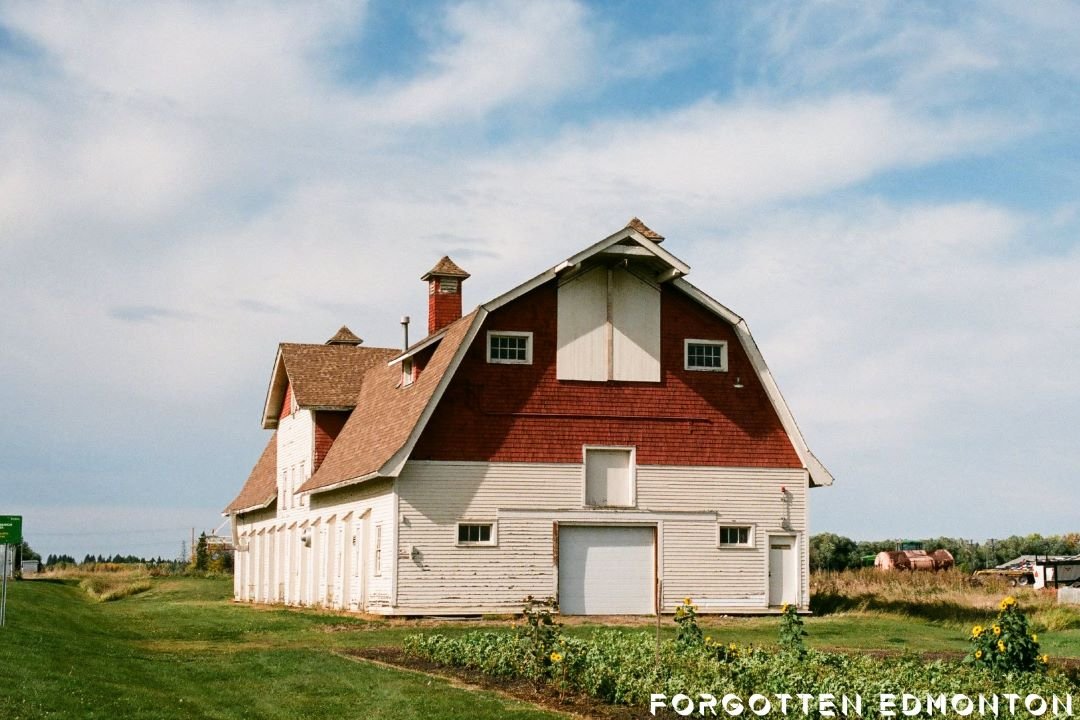Remembering the YEG women who did it all during WWII
During the five years of the Second World War, Edmonton grew rapidly. In 1943, the population reached 130,000, a huge spike from 1942’s population of 96,725. The economy was heating up with fewer men to do it, meaning women were encouraged to step out of the home and into the workplace while still volunteering for the war effort, raising a family and making do under food and materials shortages.
200 Edmonton women enrolled in the first mechanics class offered by Dominion Motors Ltd, with women finding employ at local establishments like Kenn’s Garage, which saw a boom in business during the war.
Edmonton’s busiest wartime factories, like the Great West Garment Company, provided an essential wartime service, and the 500 workers were unable to resign unless they enlisted. Over five years, the factory produced about 6.5 million military clothes and became the British Empire’s largest garment manufacturing company. Of the factory’s workers, who worked 24/7 in three shifts, 87 per cent were women.
Canadian food exports were considered the lifeline of Britain, but some exports suffered because Europeans weren’t interested in them. The food preservation program encouraged consumers to buy more apples and lobster as part of their patriotic duty. Women across the country took up home canning, contributed to fats and bone collections used for ammunition, and grew their own victory gardens.
Women were also asked to make care packages for men overseas and sent everything from baking and toiletries to sewing kits and knitted garments to keep the chill at bay. Edmonton philanthropist Gertrude Poole, wife of Ernest Poole of Poole Construction Limited, opened her home to a group of 40 women who knit and sewed for the Red Cross. https://citymuseumedmonton.ca/2014/08/29/edmontons-world-war-ii-heroines/
Environmental conservation, a local perspective
The Muttart Conservatory and the Orchid Species Preservation Foundation are hosting Environmental Conservation, a Local Perspective at Muttart on November 16 and 17 from 10:00am to 4:00pm.
Local conservation organizations will have information tables and representatives to engage with the public, highlighting their efforts in Edmonton and northern Alberta.
Participating organizations include Edmonton Native Plant Council, Edmonton and Area Land Trust, Canadian Parks and Wilderness Society–Northern Alberta, Nature Alberta, River Valley Alliance, Wagner Natural Area, and the Orchid Species Preservation Foundation.
The event includes tours of the orchid greenhouse at noon and 3:00pm each day and a variety of talks between 1:00 and 3:00pm. https://www.edmonton.ca/attractions_events/muttart_conservatory/event-days
Canadian Birkie Ski Festival registration open
Online registration for the 40th Canadian Birkebeiner is now open. The early bird discount deadline is November 30. The 2025 Birkie will be February 8 at Cooking Lake–Blackfoot Provincial Recreation Area in Strathcona County.
The first Canadian Birkebeiner was skied by a small group of intrepid cross-country ski enthusiasts along the North Saskatchewan River from Devon to Edmonton, on a very cold February morning in 1985. Since then, the Birkie has relocated to the beautiful birch forests of the Beaver Hills Biosphere in the Cooking Lake-Blackfoot Provincial Recreation Area, east of Edmonton.
The Canadian Birkebeiner Society will also partner again with Edmonton’s Silver Skate Festival to host the Barnebirkie Family Ski event on Sunday, February 9, 2025 at Gold Bar Park. Children and parents can cross-country ski from 500 m, 1.5 km, or 3 km. This fun winter family event is where little Viking Birkie dreams begin! Registration and information at https://canadianbirkie.com/
Honour and The Ultimate Sacrifice by Wayne Ashley, YEG City Hall
https://www.edmontonarts.ca/public-art/honour-and-the-ultimate-sacrifice
Comment or Contributions
Please note articles may not reflect the position of NSRVCS. River Valley News is meant to be a clearinghouse for the variety of opinions and ideas about Edmonton’s River Valley.
Email river valley photos, event information, comments, or questions to nsrivervalley@gmail.com
Forward this link to anyone you think may want to sign up for this newsletter https://www.edmontonrivervalley.org/newsletter-signup














